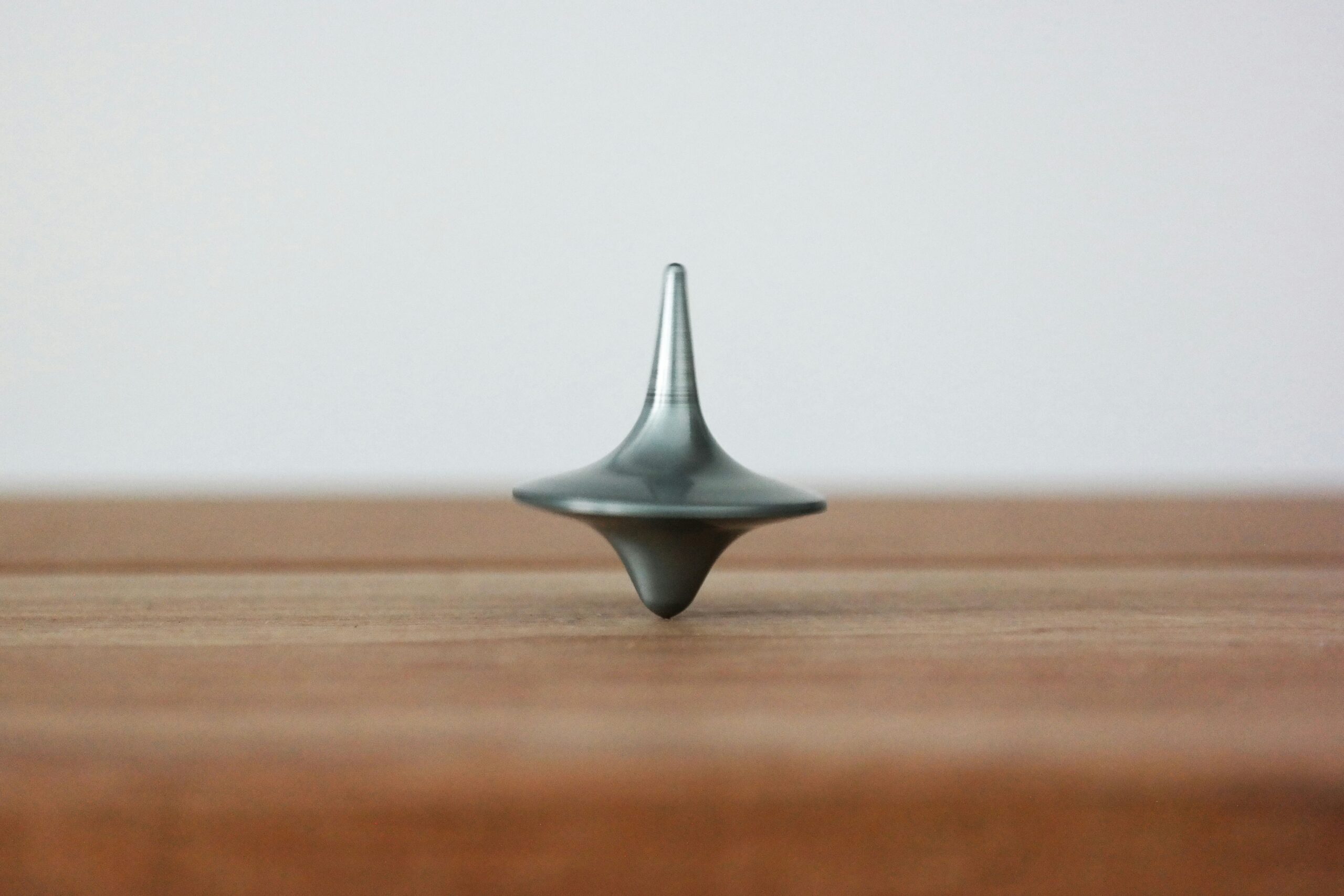
Sound healing has been practiced for thousands of years, with cultures across the globe using it to promote health and spiritual well-being. From Tibetan singing bowls and Native American drums to modern-day sound baths, sound therapy has become a widely embraced method of healing. However, what’s often overlooked in discussions about sound healing is the power of intention. While sound frequencies and vibrations are undoubtedly important, your intention—the mental and emotional energy you bring to the practice—can significantly impact the outcome of your healing journey.
In this article, we’ll explore the role of intention in sound healing, how the mind influences the healing process, and how you can set meaningful intentions to enhance your sound healing practice. Whether you’re just getting started with sound healing or you’re looking to deepen your understanding, this article will provide practical insights and tips for harnessing the power of your mind to achieve optimal results.
What Is Sound Healing?
Before diving into the power of intention, let’s briefly cover what sound healing is. At its core, sound healing is the practice of using sound vibrations and frequencies to bring the body, mind, and spirit into harmony. The idea is that everything in the universe, including our bodies, is made up of vibrations. When we are healthy, our bodies vibrate at their natural frequency, but when we experience stress, illness, or emotional imbalance, these frequencies can become distorted or blocked.
Sound healing works by using instruments (such as singing bowls, tuning forks, or gongs) or vocal tones to generate sound waves that resonate with the body’s energy centers, also known as chakras, to restore balance and promote healing. The vibrations help clear energetic blockages, align the body’s energy field, and bring us back into a state of harmony.
But while the sounds themselves are important, they are only part of the equation. The intention behind the sound—the thoughts and emotions you hold while receiving or performing sound healing—can amplify or diminish its effects.
The Power of Intention in Healing
Intention refers to the focused thought, belief, or emotional state you bring into an action or experience. In the context of sound healing, your intention is the mental and emotional energy you carry as you engage with sound frequencies. Whether you’re using sound to promote physical healing, emotional release, or spiritual growth, your intention is what directs the energy of the sound toward a specific outcome.
If you’ve ever meditated or practiced mindfulness, you’re already familiar with the concept of setting intentions. It’s about bringing conscious awareness to what you want to achieve, whether that’s inner peace, healing, or transformation. But what makes intention so powerful in sound healing is that it has the ability to enhance the effect of the sound vibrations.
As Dr. Mitchell Gaynor, author of The Healing Power of Sound, puts it, “Sound is a powerful tool for healing, but intention is the driver. The mind is the architect of the body, and what we focus on during sound healing can dramatically influence the outcome.”
How Intention and Sound Healing Work Together
When we use sound for healing, we’re tapping into both vibrational energy and consciousness. Sound frequencies work by resonating with our body’s energy field, helping to shift and balance our internal vibrations. Intention, on the other hand, helps guide those vibrations toward specific healing goals. It’s like steering a boat—while the sound is the wind propelling the boat forward, your intention is the rudder that directs it where you want to go.
Research on the placebo effect supports the idea that our beliefs and expectations can profoundly affect the body’s healing process. Studies have shown that when people believe they are receiving a treatment (even when it’s just a placebo), they often experience real improvements in their symptoms. This demonstrates that the mind has a powerful influence over the body and its ability to heal.
In sound healing, your intention functions in a similar way. When you set a clear intention for healing—whether it’s to release emotional pain, reduce stress, or heal a physical ailment—you are essentially signaling to your body that it’s time to shift into healing mode. The sound waves then work in alignment with that intention, amplifying the healing process.
The Science of Intention
It might sound a little “woo-woo,” but there is actually science behind how intention works. Quantum physics has shown that the energy of our thoughts and emotions can influence the physical world. The famous double-slit experiment demonstrated that simply observing a particle changes its behavior. In other words, our consciousness has a direct impact on the reality around us.
Additionally, epigenetics—the study of how our environment and behaviors affect the way our genes express themselves—has revealed that our thoughts, emotions, and intentions can influence our biological processes. Positive intentions can promote the expression of genes associated with health and well-being, while negative thoughts and emotions can trigger the expression of genes linked to stress and illness.
Dr. Bruce Lipton, a leading voice in epigenetics and author of The Biology of Belief, explains: “Our thoughts and intentions create our physical reality. By aligning our minds with positive, healing intentions, we can influence our body’s biology and promote healing from the inside out.”
When you bring positive and clear intentions into your sound healing practice, you’re not only using sound to shift your energy but also engaging your mind and emotions in a way that supports healing at a cellular level.
Setting Intentions for Your Sound Healing Practice
So, how can you harness the power of intention to enhance your sound healing practice? Here are some practical tips for setting clear, meaningful intentions that will help guide the healing process.
1. Reflect on Your Healing Needs
Before beginning any sound healing session, take a moment to reflect on what you need. Are you looking to release stress? Heal emotional wounds? Strengthen your connection to your intuition? The more specific you can be about your healing goals, the more effective your intention will be.
For example, if you’re dealing with physical pain, you might set an intention like: “I invite the sound vibrations to help release tension and pain in my lower back.” If you’re working on emotional healing, you might say: “I release all fear and embrace love and compassion.”
2. Write Down Your Intention
Writing your intention down on paper is a powerful way to solidify it. The act of writing engages both your conscious and subconscious mind, reinforcing your focus. Keep it simple, clear, and positive. Instead of framing your intention around what you don’t want (e.g., “I don’t want to feel anxious”), focus on what you do want (e.g., “I invite peace and calm into my mind and body”).
As Louise Hay, author of You Can Heal Your Life, explains, “Your thoughts and words are incredibly powerful. What you think and speak about yourself and your body becomes your reality. Choose thoughts and words that promote health, love, and well-being.”
3. Visualize the Desired Outcome
Visualization is another powerful way to engage your mind and emotions in the healing process. As you begin your sound healing session, visualize the outcome you desire. If you’re using sound to promote physical healing, imagine the sound vibrations moving through your body and dissolving pain or tension. If you’re focusing on emotional healing, visualize the sound waves clearing away negative emotions and filling you with light and love.
When you combine intention with visualization, you’re creating a mental image of your desired outcome, which can help the healing process become even more tangible and real.
4. Feel the Emotion Behind Your Intention
One of the most important aspects of setting an intention is connecting with the emotion behind it. Emotions carry energy, and when you bring positive feelings like love, gratitude, or peace into your intention, you amplify the vibrational power of the sound healing.
As you set your intention, try to tap into the emotion you want to feel. If your intention is to heal a relationship, focus on the feelings of love, forgiveness, and understanding. If your goal is to reduce stress, allow yourself to feel what it would be like to experience deep relaxation and peace.
Embodying the emotion of your intention makes it more powerful because it aligns your thoughts, emotions, and energy with the desired outcome.
5. Stay Open and Receptive
While it’s important to set a clear intention, it’s equally important to remain open to how the healing process unfolds. Healing doesn’t always happen the way we expect, and sometimes the most profound shifts occur when we let go of control and trust the process.
As you engage with sound healing, stay open and receptive to the sound vibrations and how they move through your body. You might feel the energy shifting in unexpected ways, or emotions may surface that you weren’t expecting. Trust that the sound is working in alignment with your intention, even if the results aren’t immediately obvious.
Tools for Enhancing Your Intention During Sound Healing
Now that you understand the role of intention in sound healing, let’s talk about some tools you can use to enhance the practice.
1. Affirmations
Affirmations are positive statements that reflect your intention and can help reinforce your healing goals. You can repeat your affirmations silently or out loud during your sound healing session. For example, if your intention is to release fear, you might repeat: “I am safe. I am free from fear. I trust the process of life.”
2. Crystals
Crystals have their own vibrational frequencies and can amplify the power of your intention. You can place crystals on or around your body during your sound healing session to enhance the energy. For example, rose quartz is known for promoting love and emotional healing, while amethyst is great for enhancing spiritual connection and intuition.
3. Chakra Tuning
Many sound healers work with the chakras, the body’s energy centers, to clear and balance them. Each chakra resonates with a specific frequency, and you can set an intention for healing a particular chakra. For example, if you’re working on healing your heart chakra, you can set the intention to open yourself to love and compassion while using a sound healing instrument tuned to the heart chakra’s frequency.
Final Thoughts
Sound healing is a powerful tool for promoting balance, relaxation, and transformation, but the real magic happens when you combine it with the focused energy of intention. By setting a clear and meaningful intention, you guide the sound vibrations to where they’re needed most, allowing your body, mind, and spirit to align with the desired outcome.
Remember, healing is a journey, and each sound healing session is an opportunity to deepen your connection to yourself and the energy around you. By engaging your mind, emotions, and intentions, you can amplify the power of sound healing and experience profound shifts in your well-being.
So, the next time you sit down for a sound healing session, take a moment to reflect, set a clear intention, and let the vibrations work their magic. Your mind is a powerful tool—use it wisely to support your healing journey.
References:
- Gaynor, M. L. (1999). The Healing Power of Sound: Recovery from Life-Threatening Illness Using Sound, Voice, and Music. Shambhala.
- Lipton, B. (2005). The Biology of Belief: Unleashing the Power of Consciousness, Matter & Miracles. Hay House.
- Hay, L. (1984). You Can Heal Your Life. Hay House.



